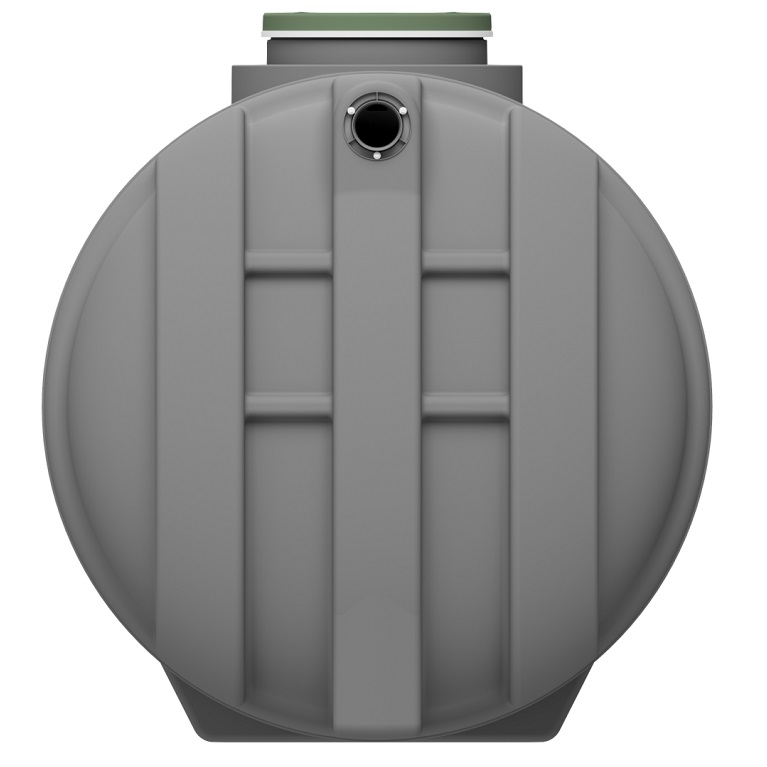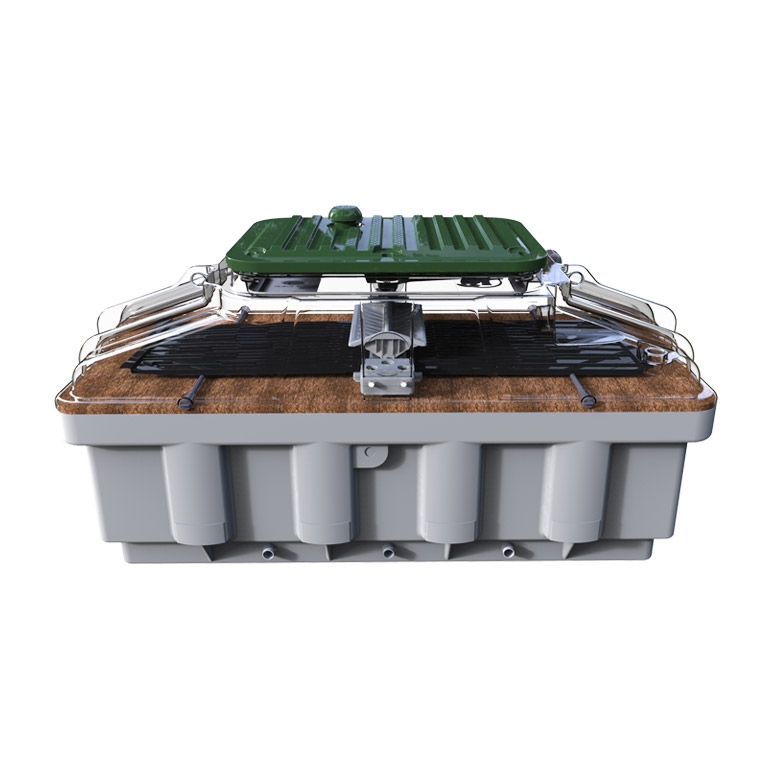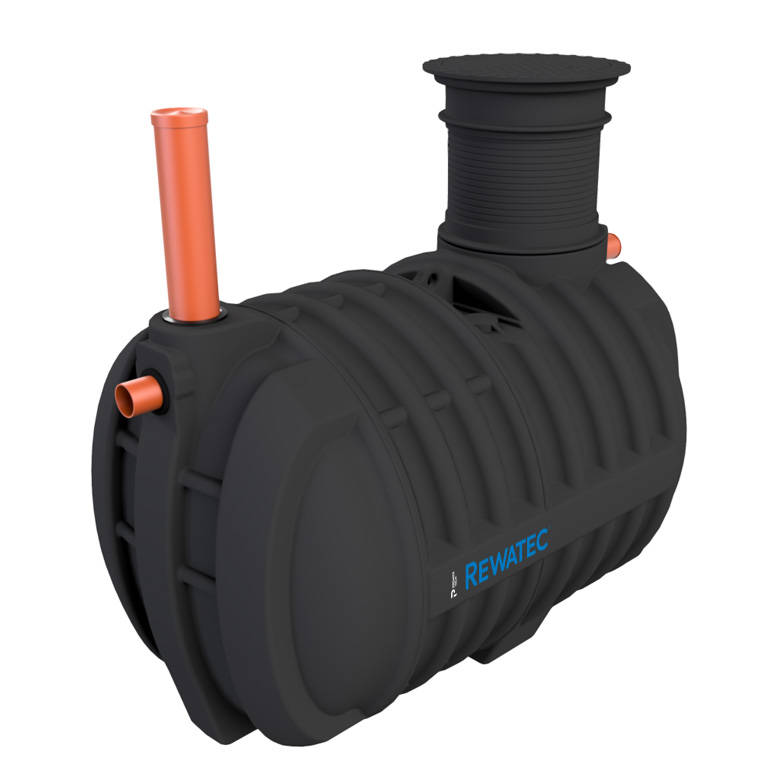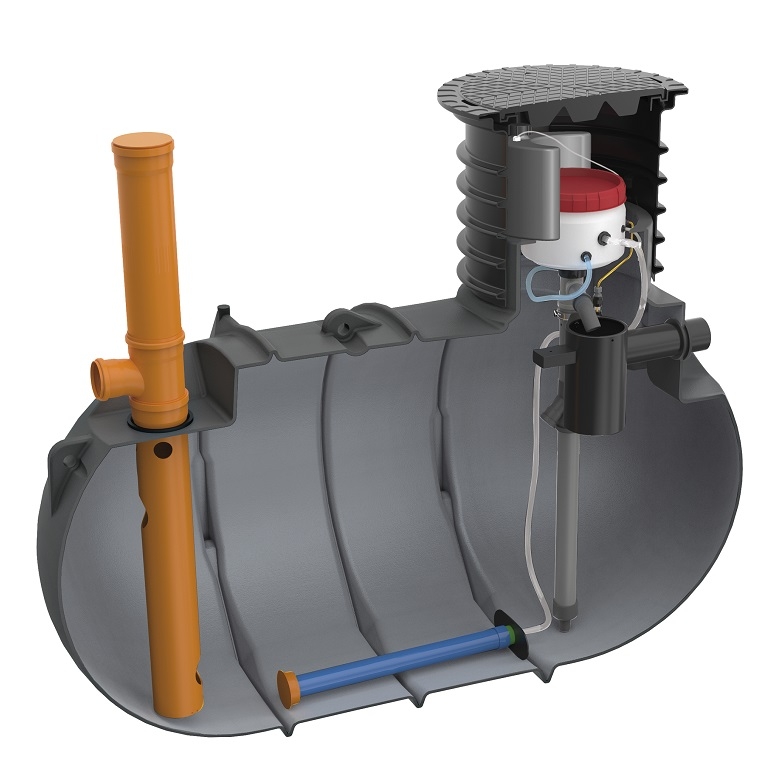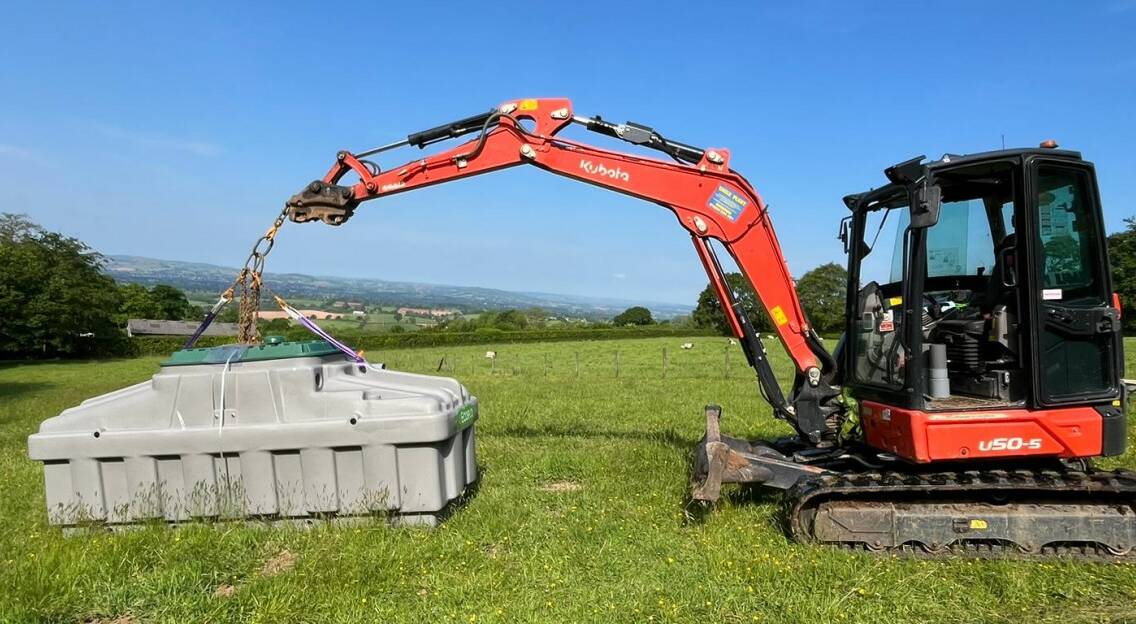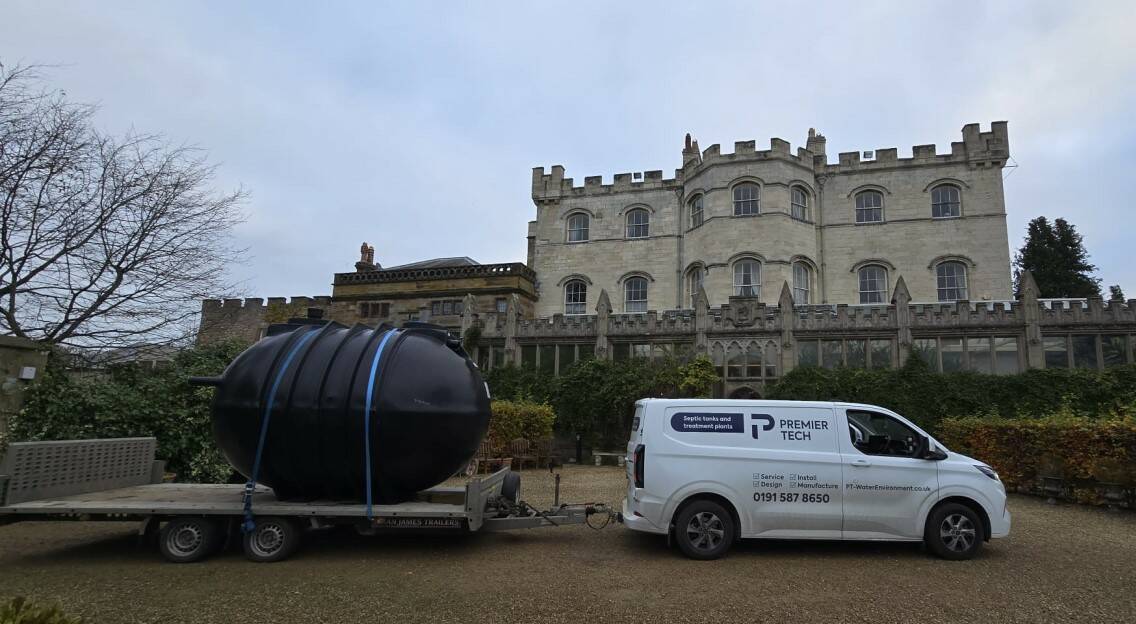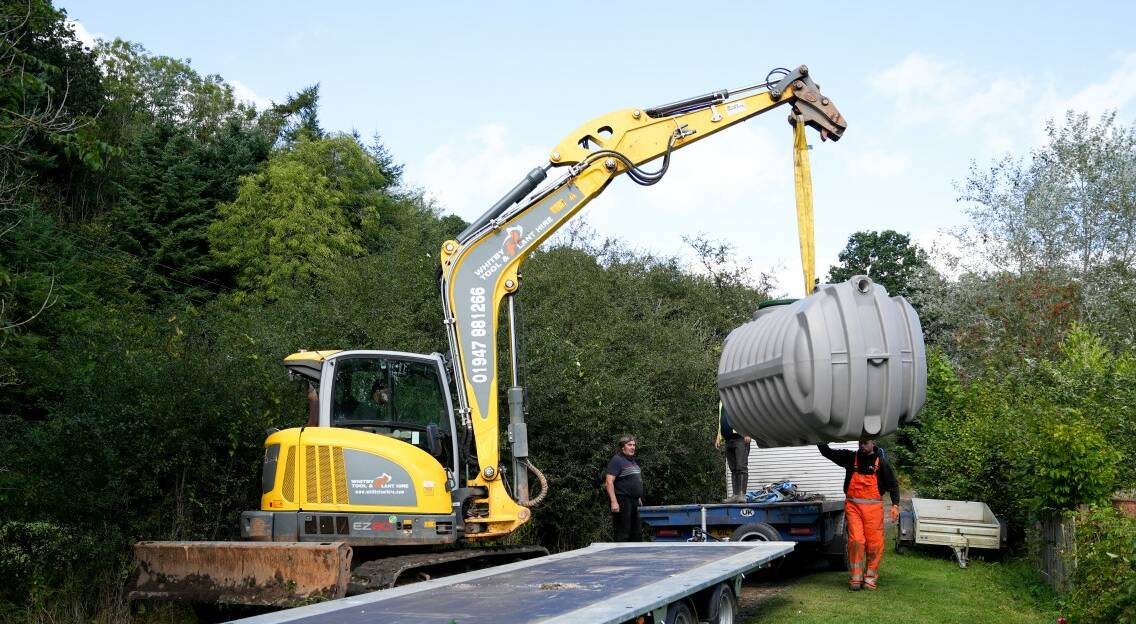What is the difference between a septic tank and a cesspool?
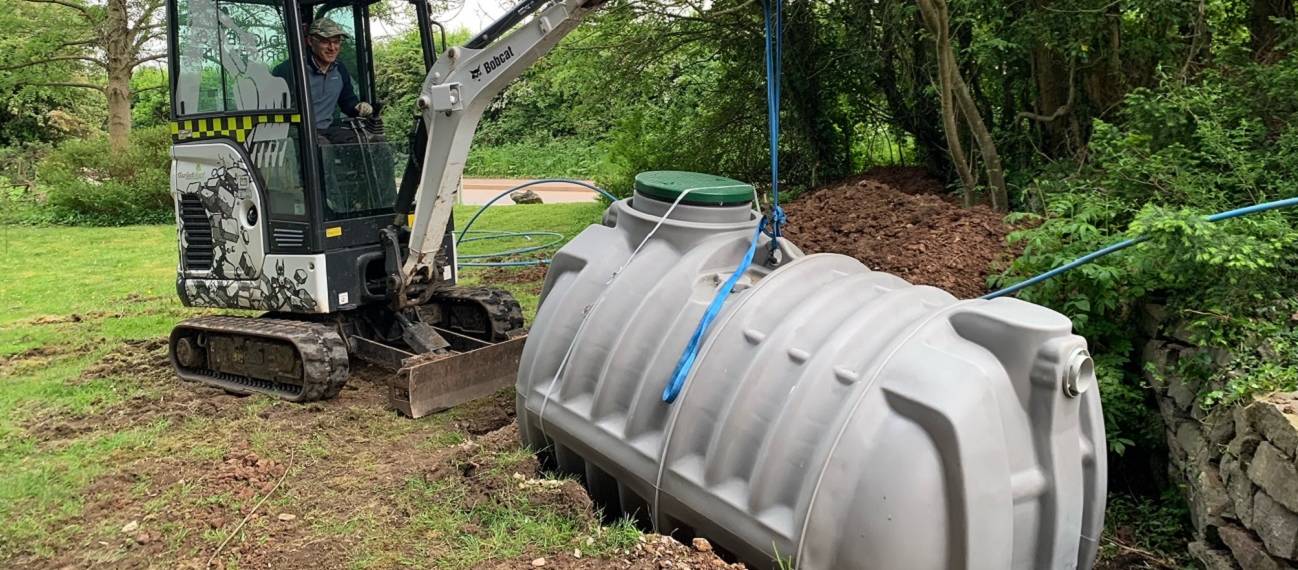
If you are in the process of buying a property, whether that be for domestic use or for a new business venture, one of things you will need to consider is waste disposal. In most cases, a connection to a centralised sewage system is the most practical option however, if your property is too far away from it, or it is deemed impractical or too expensive to make a connection, a system that will store and/or treat wastewater on site is the solution for you.
What is a cesspool?
A cesspool, also known as a cesspit, is a holding tank that temporarily stores liquid waste until it can be disposed of by an authorised sewage disposal company.
Installed underground, cesspools are fitted with one pipe connection which is used to transport waste from a property into the tank. There is vent pipe to comply with relevant regulations however there is no outlet pipe and no on-site treatment of wastewater.
Are cesspools still legal?
Cesspools are legal in the UK as holding tanks. If your property has an existing cesspool, you do not need a permit unless the Environment Agency advises you otherwise.
If you are planning to install a cesspool, you must seek planning permission and building regulations approval via a building control body (BCB). As a guide, your cesspool should have a minimum capacity of 18,000 litres per two users and an additional 6,800 litres for every user after that.
How often should a cesspool be pumped?
The size of your property, the number of occupants and the size of the cesspool itself are all variables that need to be taken into account when evaluating how often your tank should be emptied/pumped. It could be weekly, monthly or anywhere in between. Typically, each person produces 150 litres of household wastewater per day.
In most cases, a high-level float alarm can be supplied with a cesspool to alert you when the tank is almost full however, there are some other tell-tale signs you should look out for:
- The water from sinks, showers and bathtubs is draining slowly
- Water from the cesspool is backing up into your property
- There is a gurgling noise in your plumbing pipework after draining water
- There is standing water near the cesspool
- There is a bad odour coming from the cesspool
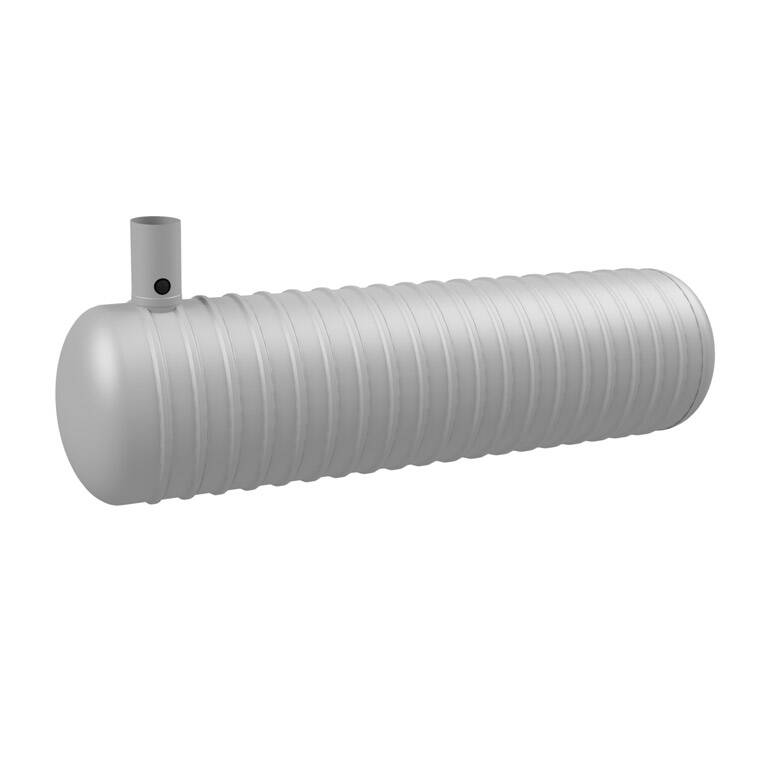
How long does a cesspool last?
A cesspool that is well maintained can last up to 90 years. However, if you fail to regularly clean and empty your cesspool, even the most robust systems won’t outlast their design life.
What is a septic tank?
Septic tanks are a low-cost solution for the partial treatment of wastewater. Unlike a cesspool, a septic tank has two pipe connections, one for incoming waste, with the other being the outlet.
Inside traditional septic tanks, there is an internal baffle that effectively retains the suspended solids inside the primary chamber, allowing the effluent to flow into the secondary chamber prior to discharge into a soakaway.
In some systems, such as Rewatec septic tanks, a built in pre-filter is used to trap suspended solids and to allow partially clarified liquid to leave the tank. Both types of separation units assist with the removal of solids and organics to prevent blockages downstream.
Are septic tanks still legal?
As per the current building regulations in the UK, a standard septic tank that discharges effluent to surface water no longer complies with the 2020 general binding rules set by the Environment Agency. As such, properties with an existing septic tank that does discharge to surface water have three options:
- Install a soakaway system / drainage field so that effluent discharge can percolate through soil over a large surface area.
- Replace your septic tank with a modern sewage treatment plant, designed to remove all of the solid and liquid waste from your property, treat it and then safely discharge the effluent to the surrounding environment. For energy free wastewater treatment, you can also add an Ecoflo system after your existing septic tank to comply with and exceed the required standards.
- Excavate and connect to the nearest sewage network if possible.
Septic tanks are still a popular choice for some applications and can still be installed in new developments as part of a larger sewage treatment scheme.
How often should a septic tank be pumped?
Similar to a cesspool, a septic tank requires regular emptying by a licensed waste disposal company to remove the build-up of sludge. However, as some of the effluent from a septic tank is discharged, your tank will not need to be emptied as often as a cesspool (typically once every 12 months depending on usage and how many people live, visit or work at your property.
How long does a septic tank last?
Assuming optimal ground conditions and regular maintenance, a septic tank can last anywhere up to 90 years depending on the material used to manufacture the system. For septic tanks made from steel, the life expectancy is around 15-20 years, from concrete it is 30-40 years, from polyethylene (PE) 20-30 years and from glass reinforced plastic (GRP) up to 90 years.
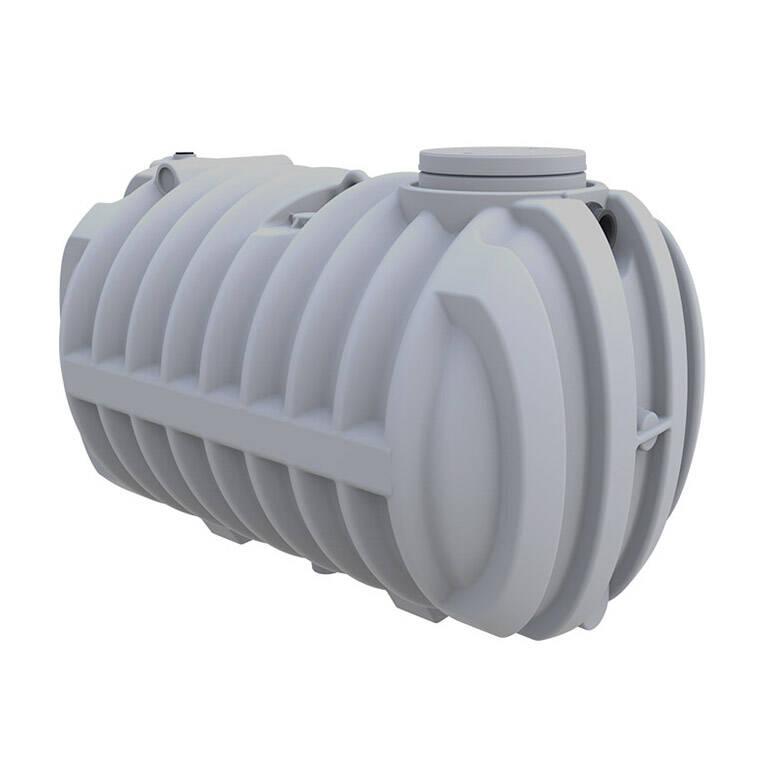

Get the right tank for your property
Need a new septic tank or cesspool? Or need to replace an aging system on your site?
Send us a few quick details and we'll give you free advice and product recommendations based on your needs.
